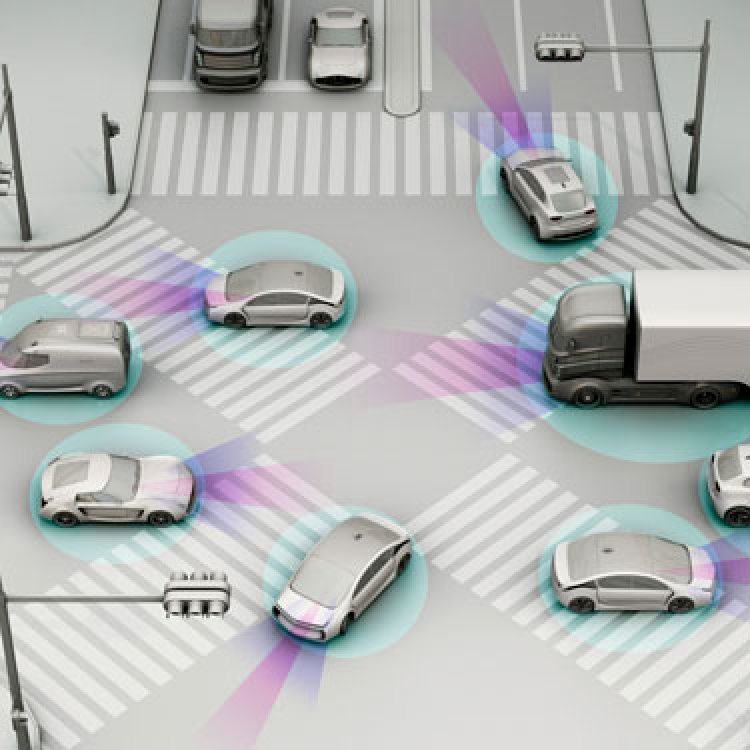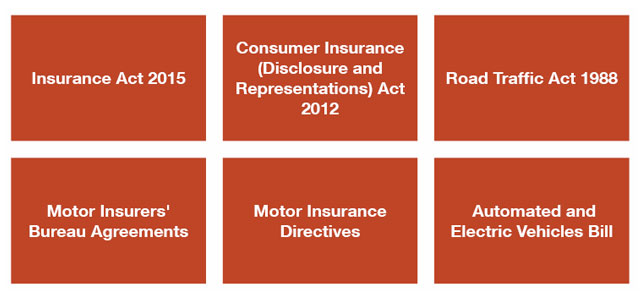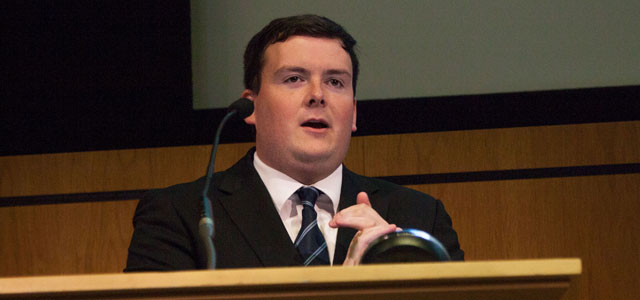Briefing: the insurance implications of driverless cars - where next?

The widespread use of autonomous vehicles (AVs) is a question of when, not if. There remain, however, significant obstacles to the AV reality - including insurance regulation. Matthew Channon of Exeter University explains the options.
The driverless car revolution will have far-reaching effects, not only for individual drivers, but also on businesses, supply chains and town-planning. Insurance, however, has yet to catch up with the technological advances. At present, the relevant regulation is not focussed around one specific legislative instrument, but is the product of a number of instruments. These are:

Each instrument has specific, yet often un-identified, effects on AVs. For example, the Insurance Act 2015 affects the exclusion clauses which can be utilised in any insurance contract. However, the extent of these are vague and the courts have not yet discussed this issue. Furthermore, the future of the EU Motor Insurance Directives are in doubt due to the UK's exit from the European Union.
The need to adapt
Introducing AVs into the current system of regulation without adaptations would not work for a number of reasons. The two most significant are:
- It is only the driver who is required to take out insurance. However, in a world of AVs, liability is more likely to fall with the manufacturers of the vehicle who do not currently require insurance.
- Insurance does not cover the driver of the vehicle which is at fault (unless purchased as an added extra). As the driver of the at-fault AV may also be a victim of the accident, this needs addressing to ensure they are compensated.
Potential solutions
A number of solutions have been mooted in terms of an insurance system that works, namely:
- Product liability: The requirement for both drivers and manufacturers to have insurance. If a product is deemed at fault then the manufacturer will pay. However, this causes numerous issues, namely: it is not compulsory; it could cause liability disputes; there are time limits on coverage; and it may give rise to the "state of the art defence" - a defence which exists if the state of scientific and technical knowledge (at the time the product was put into circulation) is deemed insufficient for a defect to be discovered.
- First Party Insurance: The injured party would claim directly from the insurer of the insured vehicle who would then pay the claim, regardless of liability, thus substantially reducing time. However, this would be a significant overhaul of the current system which is both disproportionate to the number of AVs, and would arguably increase costs.
- Central Fund: Adopting a New Zealand-style model to remove insurance and introduce a central fund. This would remove the need for liability disputes between manufacturers and insurers, making claiming quicker. However, removal of liability would increase the risk of fraudulent claims and would be a substantial alteration of the current system.
The current front-runner
Any of the above solutions could be adopted in the distant future. However, the current favourite is the 'Two in One' Insurance approach. This was originally introduced in the Vehicle Technology and Aviation Bill (which did not make it through Parliament due to the dissolution of Parliament) and now the Automated and Electric Vehicles Bill.
Essentially the insurance policy will cover both the driver and vehicle (when in automated mode). The insurer will then pay the victim and potentially recoup the costs from the manufacturer if the vehicle is at fault.
By removing the need to clarify liability before compensation is determined, the proposal removes delay in the compensation of injured victims. It further allows the compensation of drivers, unless the driver makes modifications to the vehicle. However, there are a number of uncertainties which need to be clarified by the Bill. For example:
- What happens when the vehicles are hacked?
- Will the manufacturer have a right of claim against those in the manufacturing process (i.e. software developers)?
- Is compensation payable on both public and private land?
- Will this continue to apply at Stage 5 of automation - i.e. the final stage of automation at which point a vehicle will not require a responsible driver?
Thoughts for the future
With the rapid development of the technology, there is significant need to ensure that the law is sufficient. It is undoubtedly positive that the government, insurance industry and technology companies are proactively engaging with these issues.
However, this is a rapidly changing area, and as technology develops, the appropriate response to these questions may be alter and further insurance questions may come to light. Consequently, it is important that there is significant adaptation and consultation in these areas.

Matthew Channon is a lecturer in Law at the University of Exeter. Email: M.channon2@exeter.ac.uk
